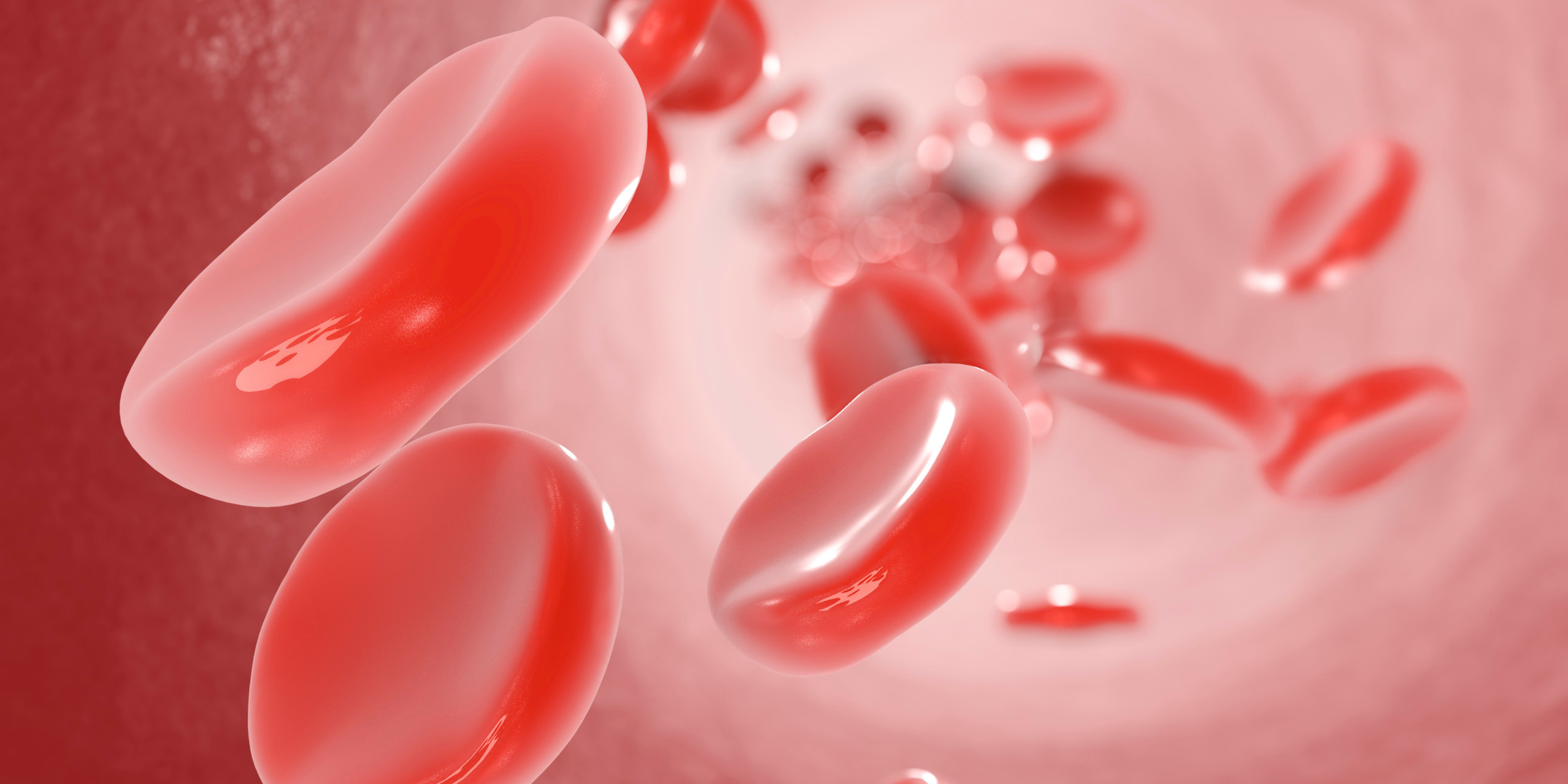Testosterone Replacement Therapy (TRT) is an effective treatment for men with low testosterone, offering benefits like increased energy, improved mood, muscle growth, and enhanced sexual health. However, one potential side effect is polycythemia, a condition where the body produces too many red blood cells.
What is Polycythemia?
Polycythemia occurs when the blood has an abnormally high concentration of red blood cells. This is often measured by hematocrit, which is the percentage of red blood cells in the total volume of blood. Normal hematocrit levels in men range from 38% to 52%. When hematocrit levels rise too high—typically above 54%—the blood becomes thicker and more viscous. This can slow circulation and increase the risk of complications such as high blood pressure, blood clots, stroke, or heart attack.
How Does TRT Increase Red Blood Cell Production?
Testosterone boosts red blood cell production through several mechanisms:
- Boosting Erythropoietin (EPO): Testosterone increases EPO, a hormone that tells the bone marrow to produce more red blood cells.
- Improving Iron Availability: Testosterone enhances how the body absorbs and uses iron, which is needed for making red blood cells.
- Direct Action on Bone Marrow: It also directly stimulates the bone marrow to increase red blood cell production.
While this increase can be beneficial, it can sometimes lead to polycythemia, where the blood becomes too thick.
How High Hematocrit Can Lead to Serious Conditions
Hematocrit refers to the percentage of red blood cells in your blood. Normally, hematocrit levels range from 38% to 52% in men. However, when hematocrit exceeds 54%, it can pose serious health risks:
- Thickened Blood: Excessive red blood cells make the blood thicker, which slows circulation. This can lead to poor oxygen delivery to tissues, making you feel fatigued or short of breath.
- Increased Blood Pressure: Thicker blood requires more pressure to circulate, leading to elevated blood pressure. This puts additional strain on the heart and blood vessels.
- Risk of Blood Clots: High hematocrit levels significantly raise the risk of developing blood clots. These clots can form in veins or arteries, potentially blocking blood flow to vital organs like the heart or brain.
- Stroke and Heart Attack: Blood clots caused by thickened blood can lead to life-threatening complications such as stroke or heart attack if they block blood supply to the brain or heart.
- Other Cardiovascular Risks: Long-term high hematocrit can also contribute to conditions like deep vein thrombosis (DVT) or pulmonary embolism, which can severely affect overall health.
Recognizing Symptoms of Polycythemia
Polycythemia may not show symptoms in the early stages, but some signs to watch for include:
- Headaches
- Dizziness or lightheadedness
- Fatigue
- Shortness of breath
- Blurred vision
- Facial redness or flushing
If you experience these symptoms while on TRT, it’s important to consult your doctor.
Managing Polycythemia During TRT
Routine blood tests are essential for monitoring red blood cell levels, especially the hematocrit. If levels are too high, there are several ways to manage it:
- Adjusting TRT Dose or Frequency: Lowering your dose or extending time between injections can reduce red blood cell production.
- Therapeutic Phlebotomy: This procedure, similar to donating blood, can lower red blood cell levels quickly.
- Staying Hydrated: Proper hydration helps thin the blood, reducing risks associated with polycythemia.
- Regular Monitoring: Regular blood tests are vital to keep everything in balance.
Can You Prevent Polycythemia While on TRT?
While polycythemia is a potential side effect, it can be managed with regular blood tests and adjustments to your treatment. Working closely with your doctor ensures that TRT remains safe and effective.
Conclusion
TRT can offer significant improvements in quality of life, but monitoring for side effects like polycythemia is key. By staying on top of your blood work and treatment plan, TRT can be a safe and effective solution for low testosterone.







